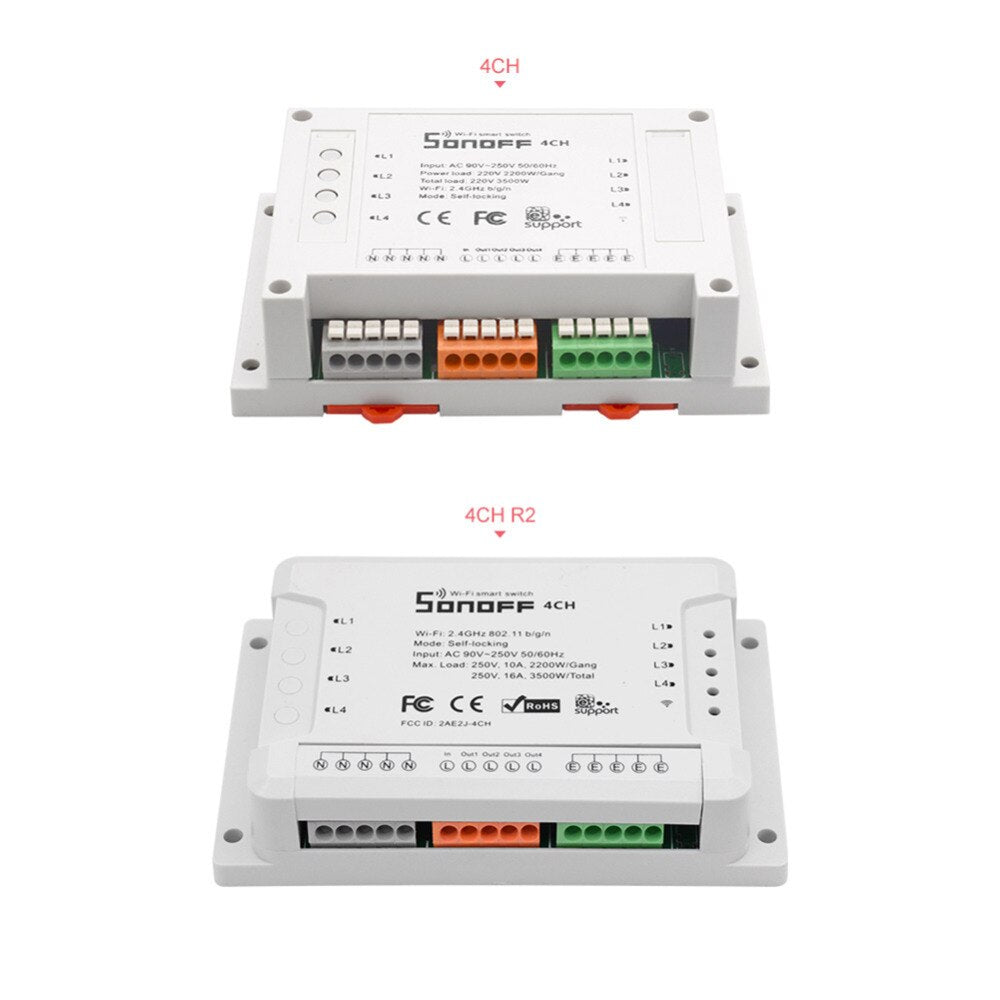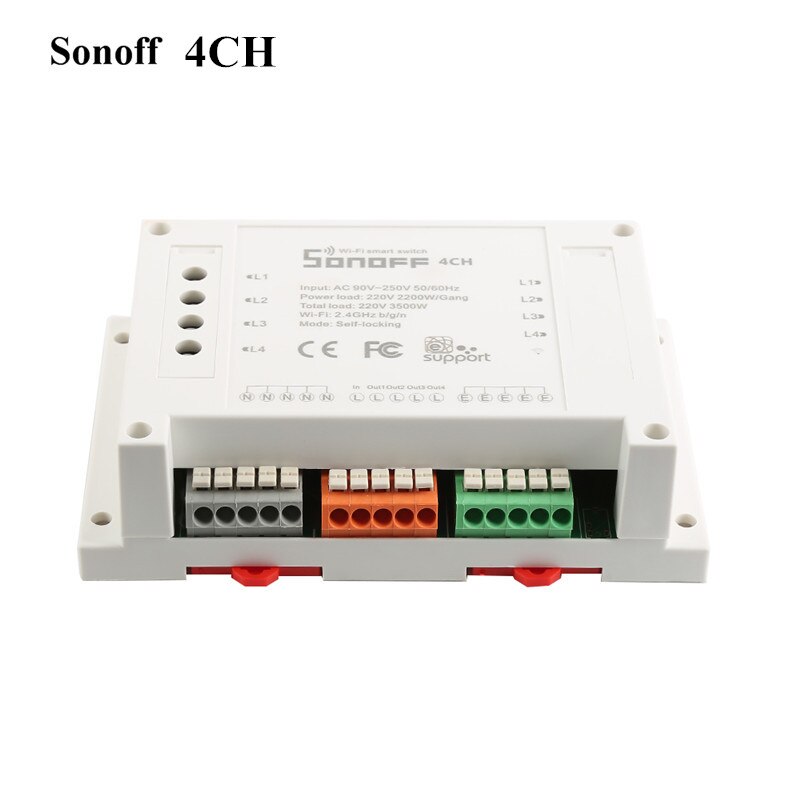Table of Content
Now that you have everything you need let’s get that new device connected to your Google Home network. There are so many compatible Google Home devices available today that we can’t cover them all in one article. It’s for this reason that we recommend having your devices’ user manual handy. You may need to revert to specific instructions for your device, and this is where that manual comes to play.
If you continue to see your device after you’ve removed it, try these tactics. Home Entertainment Whether you want to build your own home theater or just learn more about TVs, displays, projectors, and more, we've got you covered. To change the name of the room, tap the room and hit change name. Customize it as a “master room” or “guest room” depending on your house configuration. If most of the smart gadgets are in the living room, you can organize them and set routines. Usually, you can see it in the box the specification.
How to add a custom device into google Home
To assign a device to a specific room, click on the name of the room on the home screen, then tap the cog icon in the top-right of the screen. Each of these is shown on the home screen, but you can choose what devices are assigned where. On the main screen, under where it says "Home", you'll see an 'Add' button. Tap on that, then click on 'Set up device', which has a blue plus sign next to it. In some cases, you will have to download the brand's individual app to access all the features, but, once you've got going with voice, you may not need to deal with that app again.
Check if the devices are listed under a room name or under "Local devices." If they aren’t listed, follow the instructions to set them up in the Home app. With the power of modern technology, you can easily connect your smart devices with Google Home in a matter of minutes and enjoy your very own interactive home. As another helpful tip, from the home screen on the Google Home app, you will see some options for products related to your Google account.
For devices
Your app then communicates directly with users' existing smart devices over the local area network by using existing standard protocols to fulfill commands. You can control smart devices that are compatible with Google Assistant, such as speakers, displays, thermostats, lights, and plugs, with the Google Home app. The setup process to add a device to a home varies by device, so it’s important to follow the correct instructions. After you connect your smart devices in the Google Home app, you can use the Google Home app to control them. If you have a Google Nest or Home speaker or display, you can also use voice commands to control your smart devices.

By tapping on News and then Customize, you can select which news sources you’d like the Google Home to pull from when reading you the news. Whether you’re an NPR junkie, NBC News follower, or Fox News fan, you’ll be able to change the sources at your convenience. If you say “OK, Google, listen to the news,” your Google Home device will then give you a news report that’s customized to your preferences.
Google Home Mini - 2 Pack - $39.99 at Walmart
Whether you use an iPhone or Android, you can find the Google Home app in the App Store or on Google Play. When prompted, agree to turn on location permissions, as this makes it easier for the device to report accurate local weather, let you know the location of the nearest Walgreens, etc. Be sure your smartphone is connected to your home Wi-Fi, as this is how the Google Home will be able to access your network information. In this section, you will add the necessary configuration options for local fulfillment to your smart home Action. During development, you will publish the local fulfillment app to Firebase Hosting, where the Google Home device can access and download it. Hi - I have 4 google home/mini devices in the house, 2 under my name and then one each in my kids rooms.

This will surely keep the experience at a satisfying level and all devices working. And you may even consider bringing some more digital help into your home to further optimize your daily living. If you’ve followed the steps above, you have now successfully removed all of the entries in the Devices list that are related to this manufacturer. The first step of removing the unwanted devices from Google Home is to unlink their manufacturer from your app. Following the needs of a modern home, Google Home allows you to connect multiple devices from a number of third-party manufacturers. And that’s why it gets tricky when you want to remove some of them.
How to Check for New Devices?
You must have already set up your devices in the partner app . The AirPlay logo is a TV with the Wi-Fi logo diagonal across it. When you see that logo on your app, click the button and a drop-down menu will appear where you can select the TV you wish to stream on. To add Google Drive to File Explorer on Windows 10, you’ll need to have the Google Drive app installed on your computer. If you don’t already have it, you can download it from the Google Drive website or the Microsoft Store. Scroll down and click on the “Add a network location” option.

To get started, first plug your Google Home device into an outlet. There is no power button on the Google Home, so as long as it’s plugged into an outlet, it’s automatically on. Wait a few minutes for it to light up, and it will then begin looking for your phone to set up a connection. Keep your phone on hand, so you’ll know when the two are ready to be synced. The Local Home SDK triggers your EXECUTE handler when a device that supports local fulfillment receives a command. Next, we need to define how the Google Home device should discover the local smart devices.
Also, change the local home app version, so that we can identify if we're using the correct version. A series of numbers will show up on the screen of both your Hub and on your phone, and these numbers should match. Select Yes to verify that these numbers match and that you’re connecting the right device. Choose which room the device will be in, and you are ready to connect. When you are logged in, open up your Google Home app and give it a moment to get its bearings. Usually, at this point, the Google Home app will say something like, “New device detected” or “Set up device.” Select this notification to begin.
We know it’s frustrating, but with perseverance and patience, you can successfully pull it off when you restart the software. You used the Local Home SDK to integrate local fulfillment into a smart home Action. You should see a list of devices on the page and your app URL should appear under the name of your Google Home device. After Google finds a match, that device is considered verified and ready for local fulfillment. Now you can begin adding local fulfillment to your Action.
If you own a smart bulb or a smart lock, make sure you are up and running. First off, I guess you already have a Smart Speaker with Google Assistant running. This device will become the “brain” of your home, controlling any smart device. With this actionable step by step guide for your Smart Home, you’ll control your house in no time. Unfortunately, while Google Assistant is available on Android in plenty of countries, the same can't be said for the voice assistant living inside Google Home devices.


No comments:
Post a Comment